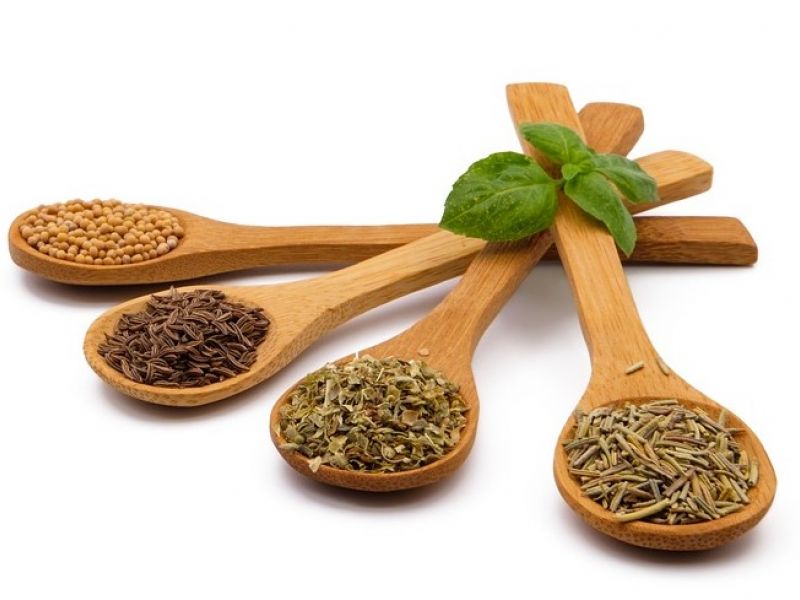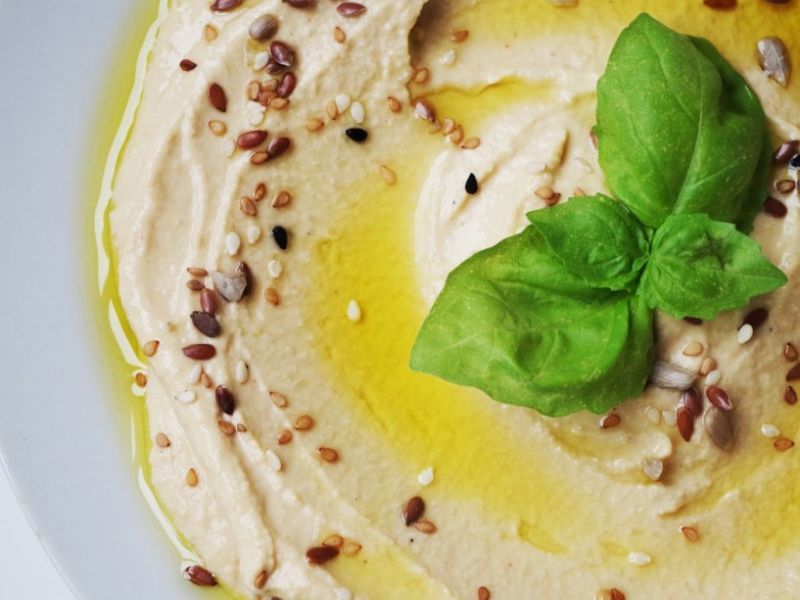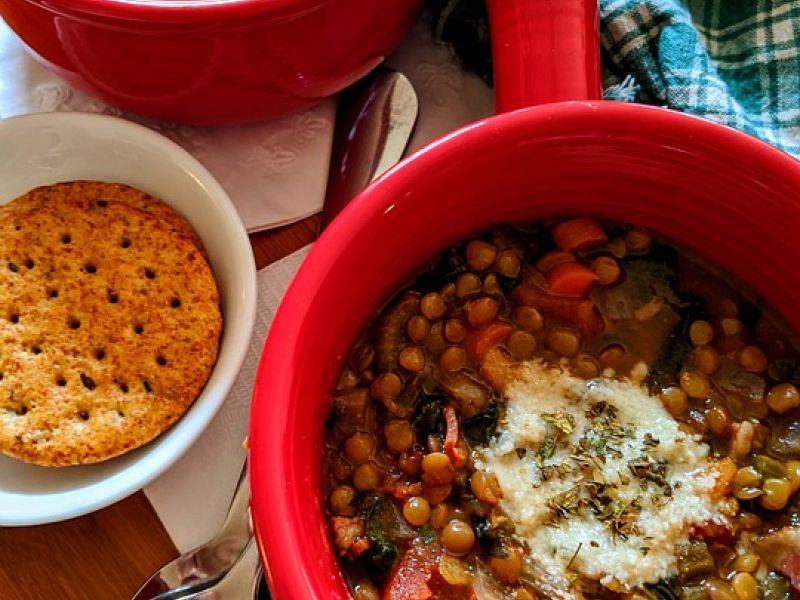Ayurvedic dinner - EASILY made
Light dinner is an important recommendation in Maharishi AyurVeda. In our conventional diet with a cold "snack" in the evening or with a heavy main meal after work, we do not fulfil this recommendation.
We are often asked how a "light dinner" can be prepared. For this, Ayurveda recommends legumes in particular. These are light and can be prepared in many different ways, as soups, dal dishes, kitchari or as delicate spreads.
The generic term used in Ayurvedic books for pulses or legumes is dal (often spelled dahl or incorrectly dhal). This refers to fruits as diverse as various types of lentils, beans, peas and chickpeas. All are offered as dried grains. Depending on the size and hardness of the pulses, they take different amounts of time to prepare.
Legumes in European cuisine
Although legumes were an important part of European cuisine in earlier centuries, they have almost completely disappeared from our menu in recent decades. Due to the oversupply of meat, they have been displaced as a source of protein.
Many people are rethinking and realising that high meat consumption not only creates a massive environmental problem, but is also a health concern. As a countermovement, more and more young people are adopting a vegetarian and vegan lifestyle. To ensure adequate protein intake in these diets, pulses are essential and should be consumed daily.
Valuable protein
The protein content of pulses is significantly higher than that of grains. The composition of vegetable protein is essentially complete and can be used very well as a substitute for animal protein from meat and dairy products.
Sufficient protein intake is important from a nutritional-physiological point of view in order to supply our body tissues, especially the muscles and supporting tissue, with the necessary building and vital substances.
Ayurvedic qualities
From the Ayurvedic point of view, all legumes have sweet, bitter and tart flavours. They have a slight cooling effect and are considered to be much lighter foods than all grains. Therefore, they are particularly suitable as an alternative or as a supplement to cereal products such as bread and pasta.
Important tips for preparation
What makes pulses problematic for many people is the flatulence resulting from their consumption. "Every little bean is a little sound" is a well-known saying.
If you have never eaten pulses, your digestive system needs some time to get used to them. Proper preparation is a major factor in legume tolerance.
Many pulses are much better tolerated if they are soaked for a few hours or overnight before preparation. The soaking water should be discarded before cooking because so-called "saponins", lye-like ingredients of the pulses, dissolve in it. These can irritate the digestion.
Cooking also often initially produces a somewhat foamy supernatant containing these soaps. This foam should be skimmed off.
Proper seasoning and cooking
Because of the flatulent properties caused by the high content of bitter and tart flavours, generous seasoning of dal dishes with anti-flatulent spices is very important. These spices include all types of cumin (European cumin, cumin, black cumin), fennel, aniseed, coriander, asafoetida and fenugreek seeds. Those who like leeks such as onion, leek or garlic can also use these with advantage. This is discouraged in many Ayurvedic recipes because leek vegetables are considered impure by yogis - they increase rajas and tamas (yogis know what is meant by this).
All these spices should be used in abundance. Some of the spices can be cooked from the beginning, some can be roasted in ghee and added to the finished dish.
Pulses are only cooked through and digestible when they break down under light pressure with a fork. This takes about 30 minutes for red lentils. With chickpeas, the cooking time is 1 - 2 hours if they have been soaked overnight - otherwise considerably longer.
Varied recipes
In domestic supermarkets and health food stores, many ready-made spreads made from pulses are currently available in high quality. These include hummus (chickpeas with sesame seeds) and many other spreads with various other ingredients and flavours. These are a full substitute for meat, sausage and cheese for the "notorious cold eaters" in the evening.
From an Ayurvedic point of view, occasionally giving up bread in the evening would be beneficial. Replace this habit with warm soups made from red lentils or yellow halved mung beans. A traditional, very light and wholesome Ayurvedic dinner is kitchari. .
Bread can be replaced by the thin papadam patties. These can be served very well with vegetable soups.
A wholesome lunch should include a sauce made from pulses. These dishes, known as dals, go a long way in providing adequate high-quality protein, while still keeping the meal light and not making you tired.
Summary
Pulses are dispensers of high-quality protein. In Ayurveda, they are considered to be particularly light foods and can be used as a full substitute for meat and dairy products.
Decisive for the digestibility of dal dishes and all other dishes containing pulses is adherence to sufficient cooking time and the courage to season generously with anti-flatulent seeds and herbs.





We look forward to your feedback!